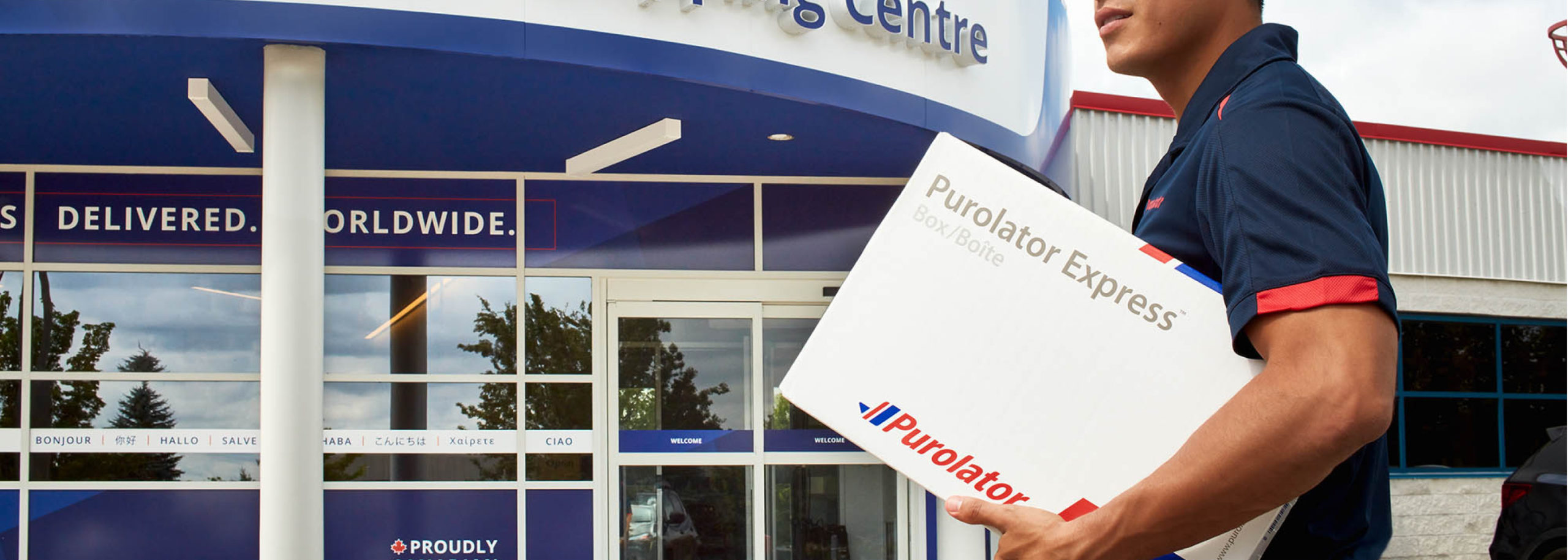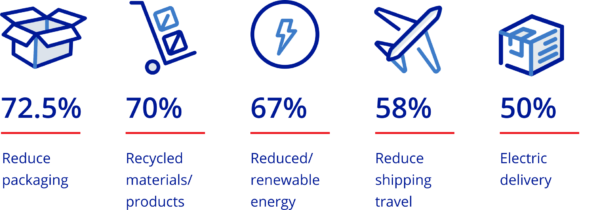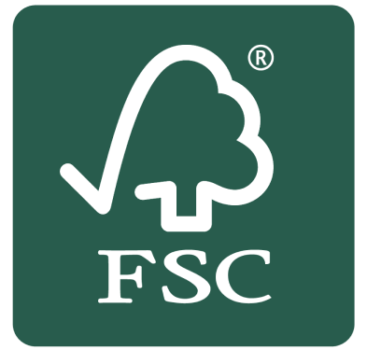Choosing the right eco-friendly packaging materials has an immense impact on your brand’s first impression. In response to consumer demands for more sustainable supply chain practices, business owners must understand their eco-friendly packaging options and what they can do to make their packaging more sustainable.
Eco-friendly packaging can help your product stand out to customers perusing the shopping aisle or scrolling online. Shoppers are looking for products that align with their environmental values, and this is especially true among the younger generation. According to our recent study, millennials and Gen Z are significantly more likely to say that delivery options and recycled packaging factor into their satisfaction.
The top sustainability measures shoppers expect to see:
What is eco-friendly packaging?
Eco-friendly packaging is any packaging that doesn’t contribute to the further depletion of natural resources. Whether it’s recycled cardboard, alternative packing peanuts, biodegradable plastic, or sustainably sourced materials, the key to eco-friendly packaging is that the materials and manufacturing practices used have minimal energy consumption.
Three sustainable packaging best practices your business can adopt
Now that you know what eco-friendly packaging is and what it entails, let’s look at three packaging best practices to help you make your business more sustainable.
- Reduce the amount of packaging
Minimizing your environmental impact can be as simple as reducing the amount of packaging you use. Here are a few ways to do this:
- Use the “right-sized packaging”. Using an array of box sizes allows you to fit your products in smaller packages. Some companies like IKEA have gone a step further and designed their packaging with the goal to minimize the amount of air around their products, use fewer materials and fit boxes optimally on shipping pallets.
- Ensure package integrity. Opt for quality materials like sturdy corrugated cardboard that keep your packages intact, rather than using flimsy cardboard, masking, or scotch tape and elastic bands that can easily rip. This will help you reduce item damage and the frequency of returns.
- Consolidate your shipments. If you’re shipping individual products to the same address, look for opportunities to consolidate and combine all items into one package.
At Purolator, we’ve created a comprehensive packaging guide to help customers pack efficiently, avoid damages in transit and subsequent returns and replacements. We’ve also improved our packaging integrity to avoid the risk of damages.
- Opt for recycled or recyclable materials
From boxes to containers, choose recycled or recyclable materials to reduce your environmental footprint. Here are a few examples of commonly used recycled packaging materials to integrate into your supply chain:
- Corrugated boxes. This lightweight material is not only one of the most cost-effective, but it’s also entirely recyclable, making it an ideal material for customizable shipping boxes.
- Recycled fillers. Rather than using styrofoam packing peanuts or other single-use filler material, consider recycled or biodegradable fillers. Paper-based air cushion film is one example of an eco-friendly filler that can be disposed of as bio-waste.
- Eco-friendly padded mailers. If the mailer and padded material are made from different materials, it’s difficult to recycle. If it’s a plastic mailer with plastic padding, or if it’s a paper mailer with paper padding, it can be recycled.
Purolator offers multiple sustainable packaging options. For instance, our Purolator Express envelopes are made from 85% recycled content, include 35% post-consumer material, and are FSC certified.
Look for the FSC stamp of approval
You can trust FSC to validate responsibly-sourced packaging materials. Look for the green label on recycled paper products to verify your packaging materials meet FSC’s strict environmental and social standards.
- Rethink the return journey of your products
Returns can take a toll on the environment and hurt your company’s carbon footprint. Shipping back and forth across countries creates needless greenhouse gas emissions and adds unnecessary waste to landfills. Here are some ways you can make your returns more sustainable:
- Bulk returns. Consider an option to consolidate returns to reduce frequent and individual trips to depots.
- Offer package-free returns. Work with courier providers who have a packageless return program where customers can bring in their unpackaged returns. These programs allow couriers to consolidate one-stop returns, save space on trucks and reduce overall emissions.
- Plan a seamless returns process with your courier. An experienced logistics partner that offers flexible return services can help you seamlessly retrieve and return products from a location, transport the products to a repair facility, and then back to the customer.
Purolator offers convenient self-service lockers and a Mobile Quick Stop service to make it easier for customers to pick up and return packages. Both options help reduce delivery miles and their associated emissions.
Achieving sustainability is a collective effort
Changing customer demands are causing more businesses to look for sustainable packaging solutions and to invest in environmentally-friendly practices. Within the last four years, companies that have made sustainability a focus have increased their courier service budgets, reflecting their commitment to finding courier services that offer efficiencies in both an environmental and operational capacity.
Taking your sustainable practice one step further
Shifting to a sustainable supply chain model doesn’t need to happen overnight. The best thing to do is start small and look for opportunities to consolidate and reduce your packaging materials. If you’re using virgin plastic in your packaging process, consider recycled cardboard or paper filler to extend the life of the resources within your supply chain and support a circular economy. To learn more about circular economy business models and how they can help achieve your sustainability goals, read our article: How a Circular Economy Can Bolster Sustainability Initiatives.
Solutions for a greener supply chain
Looking to partner with a shipping provider that focuses on sustainability? From electric vehicle and e-bike deliveries to providing easy access points for customer pick-ups and drop-offs, Purolator is continually innovating to help make businesses like yours more sustainable.



